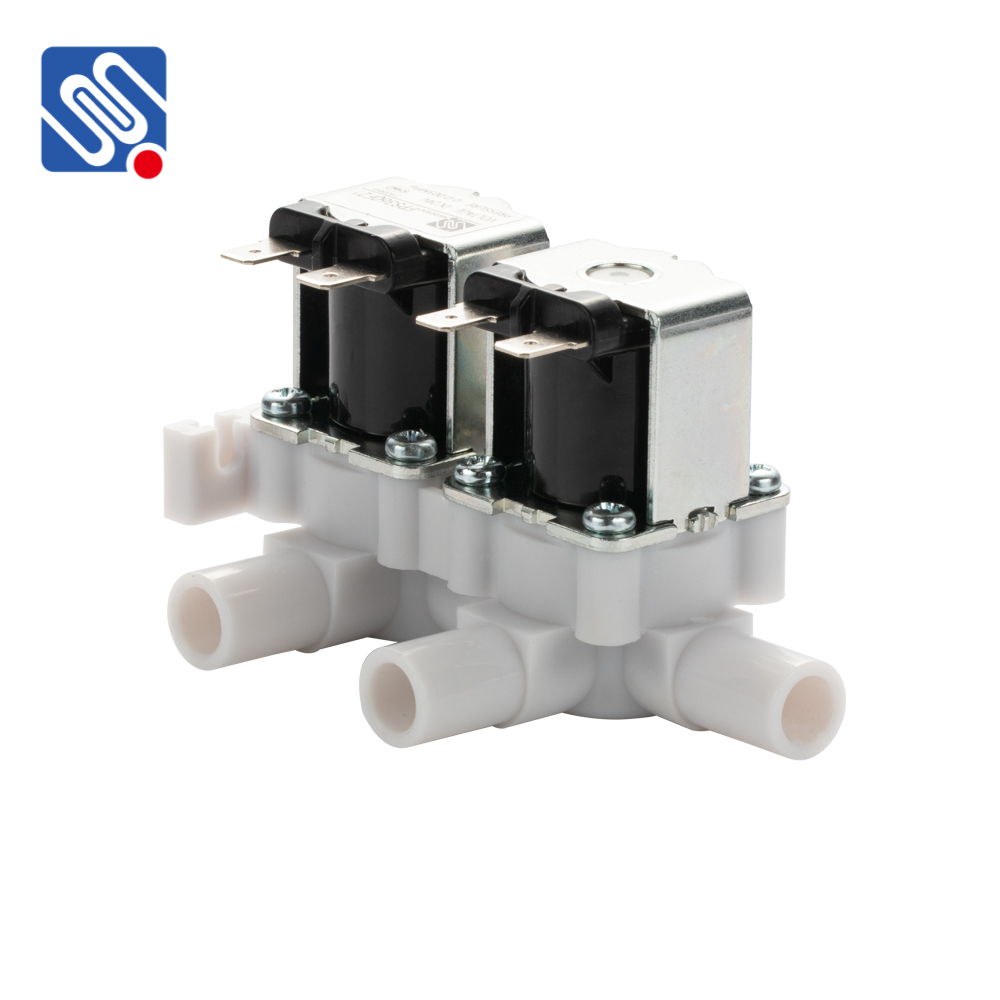understanding cold water solenoid valve: key features and applications
Release time:2025-07-18 14:03:13
A cold water solenoid valve is an essential component in many automatic control systems, designed to regulate the flow of cold water in various applications. Solenoid valves, in general, are electrically controlled devices that use an electromagnetic solenoid to control the opening or closing of the valve, thereby controlling the flow of water or other fluids. In the case of cold water solenoid valves, they are typically used in systems where cold water needs to be automatically controlled, such as in household appliances, industrial cooling systems, and irrigation systems. This article delves into the features, working principle, and diverse applications of cold water solenoid valves.

What is a Cold Water Solenoid Valve?
A cold water solenoid valve is a type of valve that operates based on the magnetic force generated by an electric current. It consists of an electromagnetic coil that, when energized, creates a magnetic field that moves a plunger or armature to open or close the valve. When the coil is de-energized, a spring or other mechanical mechanism returns the valve to its default position, typically closed. This on/off functionality is ideal for controlling cold water flow in various systems.
Key Features of Cold Water Solenoid Valves
Electrically Operated: Cold water solenoid valves are typically operated by an electrical signal, which makes them easy to integrate into automated control systems. These valves do not require manual operation and can be controlled remotely or automatically through sensors and controllers.

